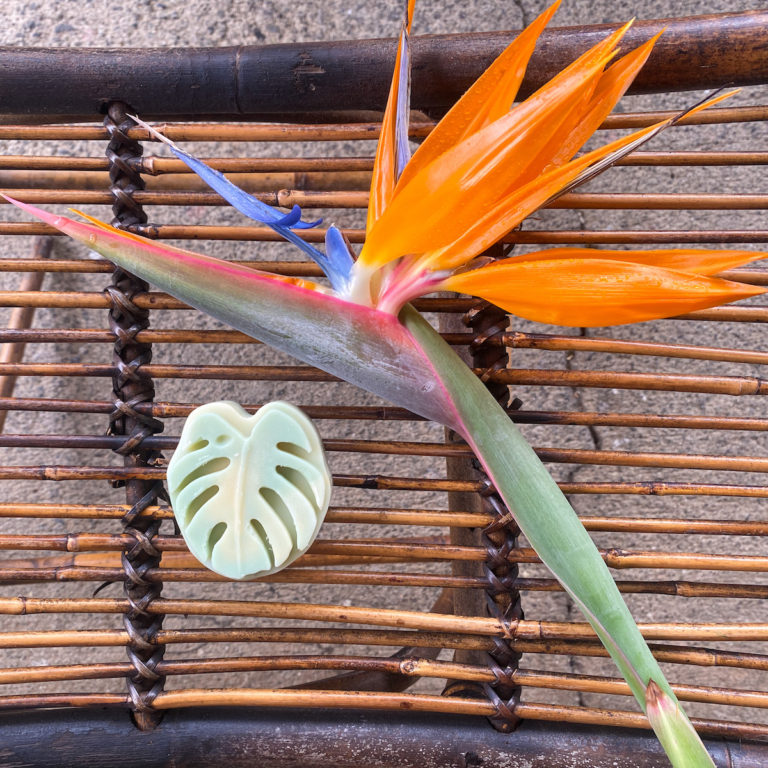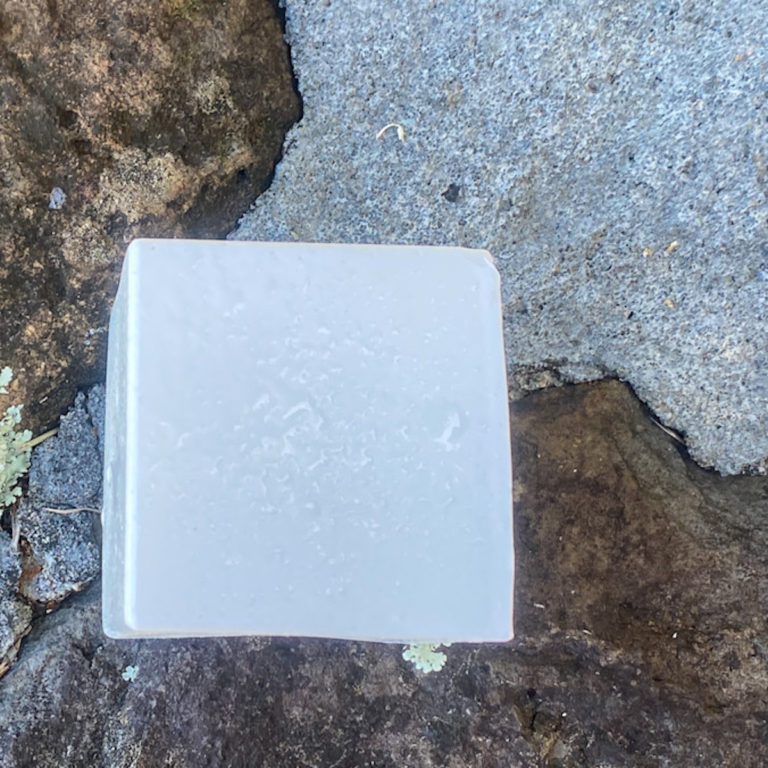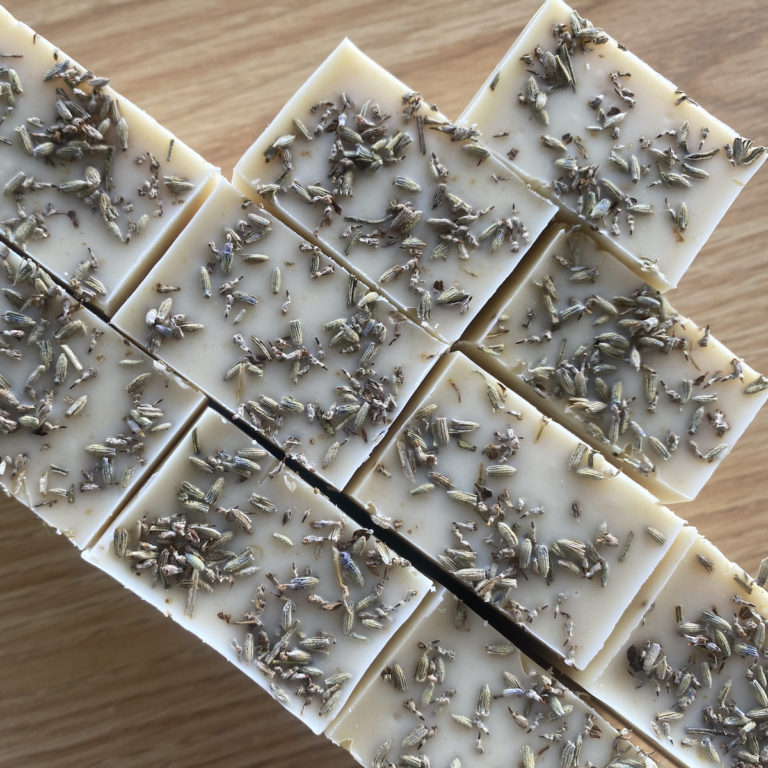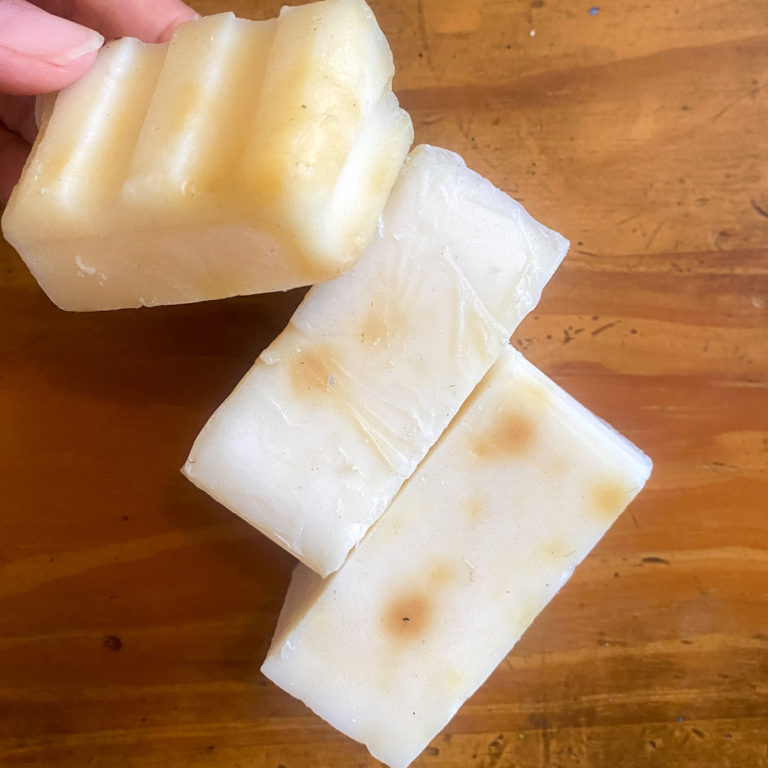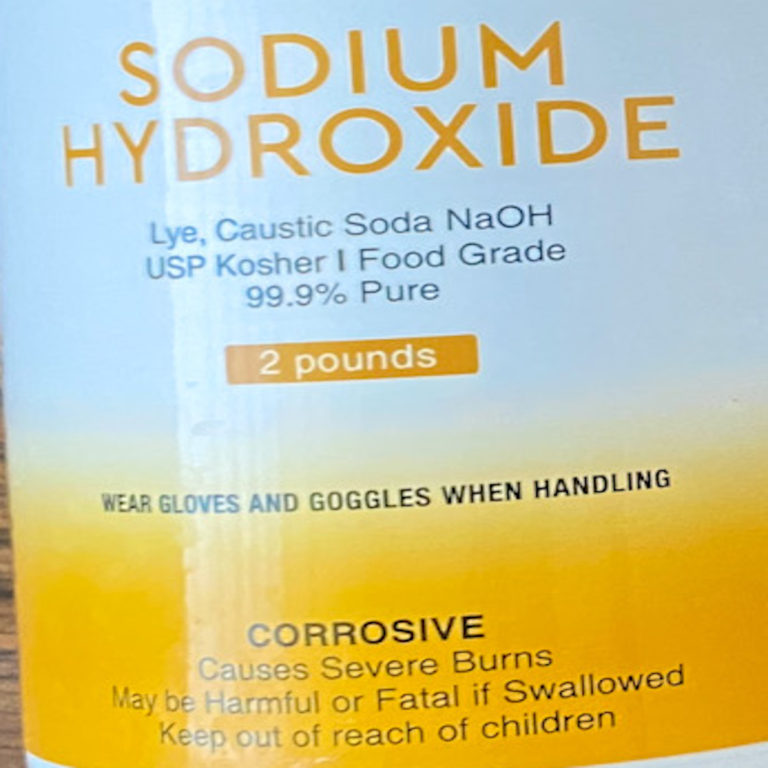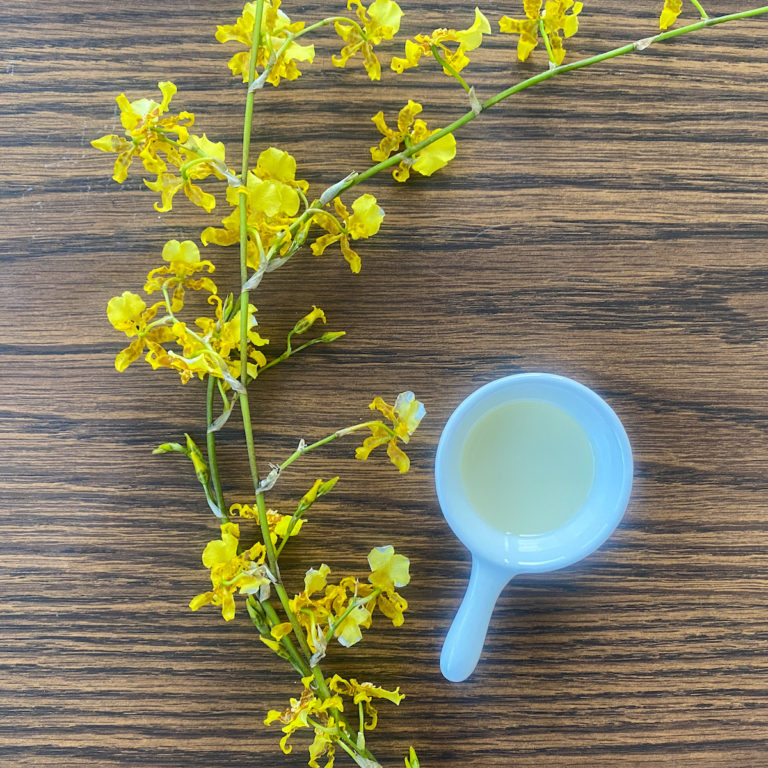Best Soap Recipe Without Palm Oil – THE Ultimate Formula
Props to you for wanting to know the absolute best soap recipe without palm oil. Palm is controversial due to it’s demand leading way to so much deforestation, which leads to a huge ripple effect on ecosystems and animals (some endangered) in some of the world’s most bio-diverse forests.
On the flipside, palm oil can make such an amazing bar of soap because it lends to a nice hard bar that won’t melt away in the shower as many homemade soaps tend to do, has really good lather, and palm oil is resistant to oxidation which means it won’t turn rancid (rancidity can lead to Dreaded Orange Spots) in soap.
Formulation Basics For Creating The Best Palm Oil Free Soap Recipe
As a soap maker, you may already know you’re not going to create a really good soap formulation on your first go. Considering how long that takes and the valuable properties palm oil brings to soap, you’ll know that it’s going to take a fair bit of experimentation to create a high quality, long-lasting bar of soap that doesn’t rely on palm oil.
To formulate a recipe yourself, you’ll need to put on your soap-nerd hat and understand the fatty acid profile of the oils you’ll be using, and determine how to mix and match those oils so that you get the right quantity of each.
You’re aiming to find a good mix of “hard” (saturated) and “soft” (unsaturated) oils so that your bar is balanced and creates a great lather.
If you want a really deep understanding of soap formulations, click here to dive deep into understanding saturated vs unsaturated fats in soap making and how the amount of each can change your bar of soap for better or worse, or just use my recipe below if you want something awesome and easy you can create today.
Best Soap Recipe Without Palm Oil
I’m going to save you what will amount to hours and hours (and more hours) of research and testing so you can spend more time soaping and less time researching fatty acid profiles. Here’s what I think is the best soap recipe without palm oil. I’ve used it to make hundreds of bars of soap and they firm up beautifully during the curing process and create a nice lather.
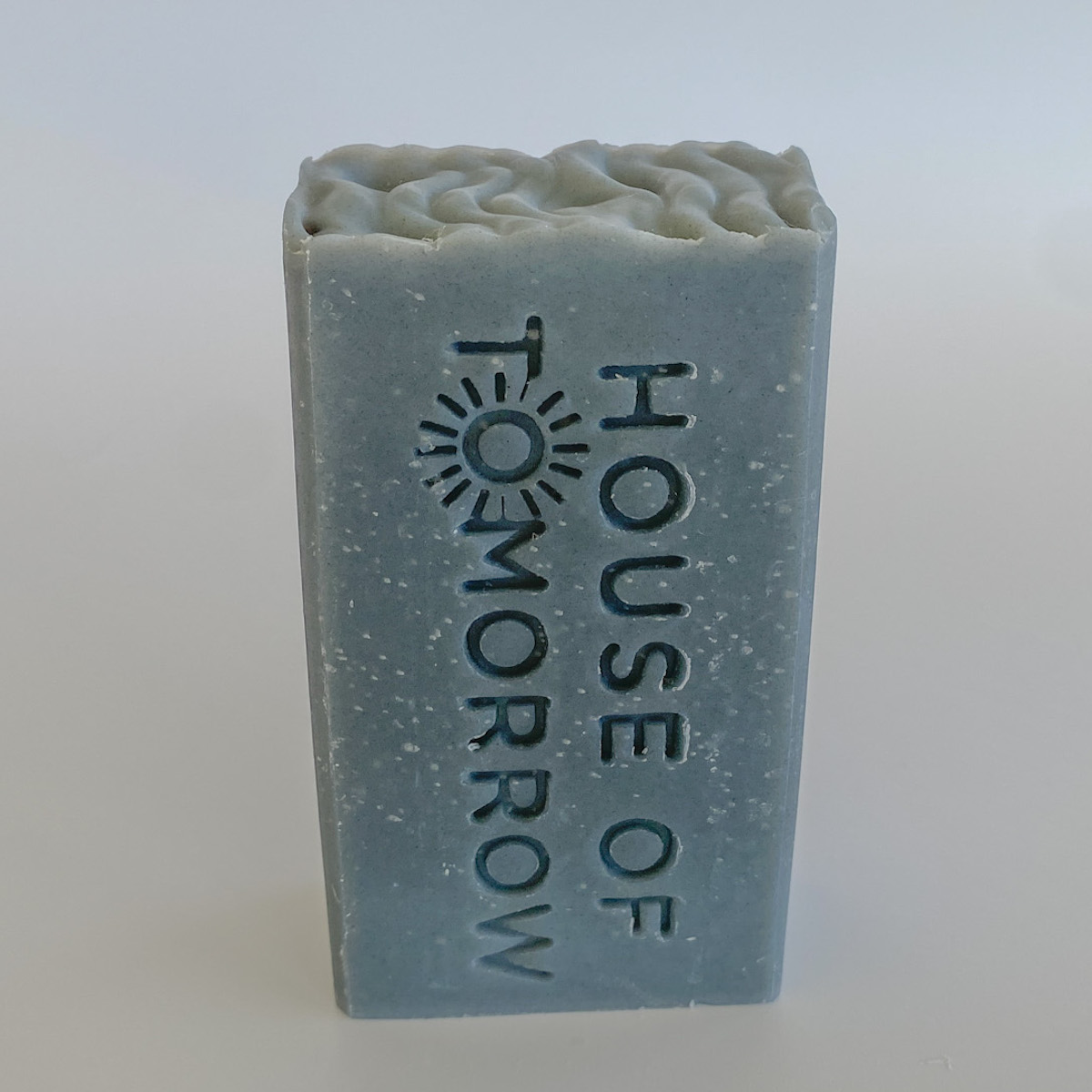
It’s best suited for intermediate or advanced soapers as citric acid is one of the ingredients (it causes the reactions during the mixing of lye solution to be even more extreme).
- 1 lb recipe (454 grams of soap batter which should fit perfectly in a standard 1lb mold, and will produce 317.8 grams soap once the excess water evaporates out)
- 5% superfatted
- if using essential oils as fragrance, the fragrance ratio is 0.3oz/lb
TOOLS/EQUIPMENT
- Soap mold that can hold at least 1lb of batter, lined if applicable (or learn how to make soap without a mold)
- Scale that has the ability to measure in grams
- Digital thermometer
- Safety goggles for eye protection
- 2 lye-safe plastic containers (one that is large enough to hold the full amount of your lye + water)
- Sieve/strainer
- Stainless steel pot large enough to hold your entire batch of soap batter and still leave some extra room at the top to account for splashing
- Large container to measure soft oils
- Stick blender
- Rubber spatula
- Soap cutter, knife, or cheese cutter to slice finished soap
- Optional: gloves to protect your hands
INGREDIENTS
Note: ingredients in this recipe are measured in grams
LYE SOLUTION
- Water: 67.9 g
- Citric Acid: 5.7 g
- Lye: 48.8 g
HARD FATS
- Shea butter: 25.4 g
- Pure soy wax (such as Golden Brands 464): 25.4 g
- Coconut oil: 98.5 g
SOFT FATS
- Castor oil: 9.5 g
- Macadamia nut oil: 28.6 g
- Olive oil: 130.3 g
OPTIONAL
- 9.5 g essential oils of your choice
INSTRUCTIONS (USING THE COLD-PROCESS METHOD)
NOTE: Lye (sodium hydroxide) is used to make soap and this stuff is serious. Before anything else, read up on lye safety for soap makers ASAP, and refer to it over and over until you’ve got it down pat.
What you’ll find below are basic instructions for those who have a little bit of experience with soaping.
If you’re new to soaping, please carefully read my most detailed step-by-step instructions (a guide for beginners) in this post about the cold process method of soap making. You might also want to use the simpler recipe alternative I provide below.
- Gather ingredients and equipment
- Using your scale, measure out the required amount distilled water into a lye-safe plastic container that is large enough to hold the entire amount of your lye solution
- Measure out citric acid, mix into water until dissolved
- Measure out lye into another one of your lye-safe plastic containers, mix very slowly into the water solution while stirring. Be careful here. The reaction between citric acid and lye makes things even more hot and fumey than usual.
- Set lye solution aside someplace safe until it cools down to 100-120 degrees Fahrenheit
- While your lye solution is cooling, measure out your hard oils into a pot and heat it on low just until melted. Upon oils melting, remove immediately from the heat source. Set it aside to cool to 100-120 degrees Fahrenheit (check with your digital thermometer periodically)
- Measure out your soft oils and pour them into your pot of melted hard oils
- Carefully add your lye solution to your pot of oils, pouring it through a sieve or fine mesh strainer to catch any bits of lye that didn’t fully dissolve.
- Use your stick blender (set to OFF) to stir to begin combining the lye solution and oils for about a minute.
- With the head of the immersion blender still fully submersed, turn the blender on and stir/blend for about a minute.
- Let the soap batter rest and thicken up for about a few minutes.
- Again stir with the blender set to OFF for a minute, blend for a minute, then rest for a few minutes. Repeat until your batter has reached your desired level of trace, adding your essential oils (if you’re using them) prior to your desired level of trace being reached.
- Carefully pour your soap batter into your lined mold
- Set your soap aside someplace safe to cure. You may choose to force gel or not.
- Wait 24-36 hours before unmolding and cutting.
ABOUT THE FORMULA
The shea butter in this recipe is loved by many for its moisturizing and protective effects on skin. As far as it’s fatty acid profile is concerned, it contains a lot of stearic and oleic acid. Stearic acid helps with bar firmness, while oleic acid is highly conditioning and has a long shelf life.
Many recommend macadamia nut oil as a protective measure against skin aging. It’s said to be easily absorbed and have the same protective properties on skin that sebum has. It contains omega-3 and omega-6 fatty acids and like shea butter, is high in oleic acid.
Olive and coconut oils are really common soaping oils, and they’re so vital to the formulation because olive oil (once saponified and fully cured) lends to hardness in the final soap bar and is a bit of a wonder emollient. Coconut oil is amazing for creating lots of lather, lots of cleansing power, and also creates a nice, hard bar of soap.
The soy wax contains lots and lots of stearic acid and some palmitic acid. Adding this really helps the bar to firm up nicely and last a long time.
Castor oil is really a one of a kind, and very special oil in soap making. When used, it’s typically added in low amounts to boost lather stability. It’s also a humectant which helps with moisturizing by drawing/attracting water. It’s a very thick oil and is high in ricinoleic acid.
I also include citric acid in this recipe, which really is more of an advanced ingredient because:
- calculating the amount required (which I do for you) is more complicated than most things in soap making due to it’s ability to neutralize part of the lye used in your formula
- using it can make your lye solution even hotter (meaning things can get really really hot) so you need to follow the instructions above very carefully.
An Alternative Palm Oil Free Soap Recipe
I know not everyone wants to mess with a specialty oil like macadamia, which is on the pricey side and not the easiest to source, or with citric acid which requires more care and attention to use, so here’s a simpler and more affordable alternative formulation that is still completely wonderful.
- 1 lb recipe (454 grams of soap batter which should fit perfectly in a standard 1lb mold, and will produce 317.8 grams soap once the excess water evaporates out)
- 5% superfatted
- if using essential oils as fragrance, the fragrance ratio is 0.3oz/lb
TOOLS/EQUIPMENT
Same as the tools/equipment listed above
INGREDIENTS
Note: ingredients in this recipe are measured in grams
LYE SOLUTION
- Water: 67.9 g
- Lye: 45.2 g
HARD FATS
- Shea butter: 28.6 g
- Pure soy wax (such as Golden Brands 464): 28.6 g
- Coconut oil: 101.7 g
SOFT FATS
- Castor oil: 15.9 g
- Olive oil: 143 g
OPTIONAL
- 9.5 g essential oils of your choice
INSTRUCTIONS
Same as above, MINUS step #3.
About The Palm Oil Controversy
Oil Palm (Elaeis Guineensis) produces a great plant-based vegetable oil and has some pretty amazing and diverse properties. This is why its in so many easily purchasable items, from cleaning products to lipstick to your favorite bag of chips. Some estimate its in as many as 50% of packaged products you’ll find for sale. That’s A LOT.
In short, its not the oil itself that’s the problem. It’s a damn good oil.
The problem is really the decisions made by people that profit from it, about how it’s grown and made ready for sale.
To distance yourself from all that mess, it’s easiest to just use the best soap recipe without palm oil that you can find. This is why for the most part I choose to keep palm oil out of soap formulations I’m going to sell – to keep some healthy distance from the dark side of palm oil.
I have and will continue to make soaps for personal use or for personal gifts that use sustainably grown and harvested palm oil. I do this because I want to support producers who are doing the right thing.
If you’re interested in using responsibly grown, sustainable palm oil for soap making, find a reputable supplier and get to know as much as you can about their business practices.
Conclusion
I encourage you to try what I feel is the best soap recipe without palm oil, or the simpler and more cost effective alternative also shared here.
Hope you enjoy these recipes and the resulting soap.

